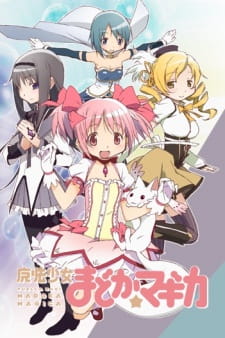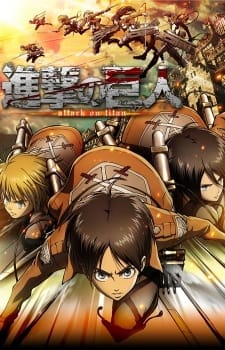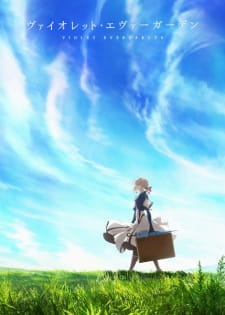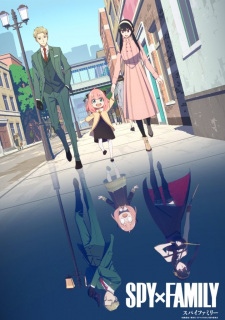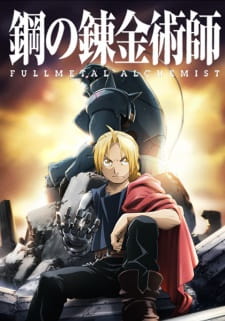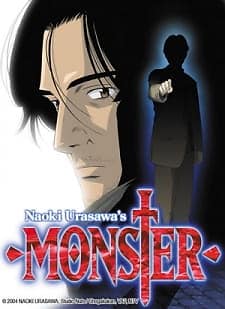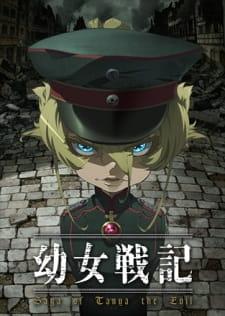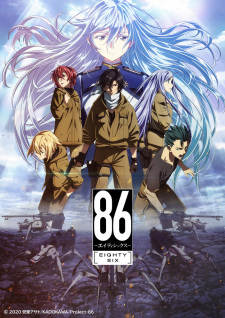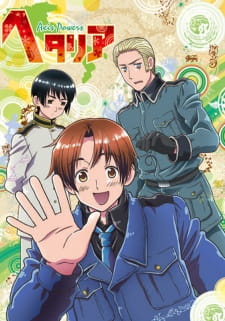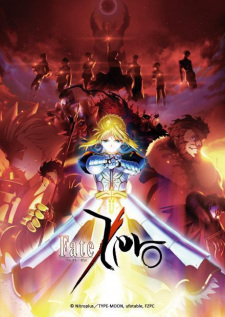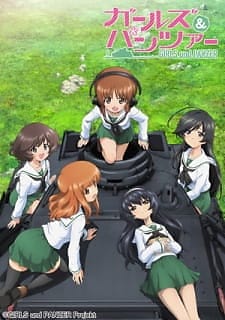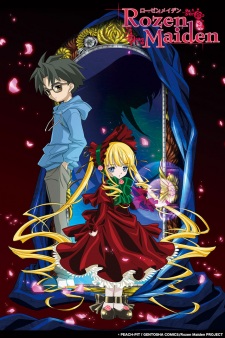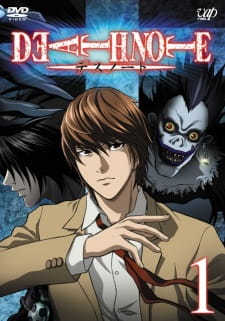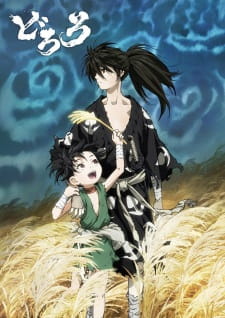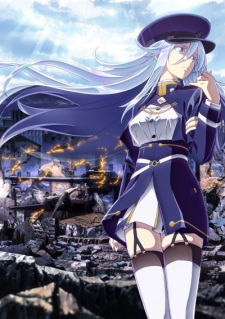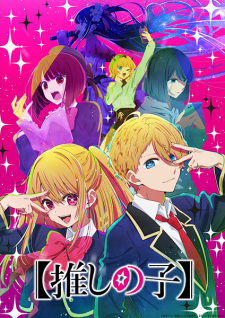German Influence
Anime
Anime that were influenced by German culture, architecture or history.
TV, 2011,
12 eps
Me:-
Author:-
The story is widely based on the tragic play "Faust" written by Johann Wolfgang von Goethe in 1808, in which a scholar sells his soul to the devil in exchange for a wish. Lines from the play can be seen in various writings on walls and as runes appearing across the screen.
Many elements shown in the labyrinths are a reference to old German folklore and fairy tales. Random German words are written and spoken across many different scenes.
Many elements shown in the labyrinths are a reference to old German folklore and fairy tales. Random German words are written and spoken across many different scenes.
TV, 2013,
25 eps
Me:-
Author:-
Shiganshina is based on the German city Nördlingen. Most buildings inside the walls are inspired by German architecture and many characters have German names. Events in later seasons partly resemble events from the second world war.
TV, 2018,
13 eps
Me:-
Author:-
Locations in the anime take inspiration from the baroque castle in Mannheim and the German cities Nürnberg and Cochem.
TV, 2022,
12 eps
Me:-
Author:-
Ostania and Westalis are based on East and West Germany during the division of Germany and the Cold War. Berlint is based on the capital city Berlin.
TV, 2009,
64 eps
Me:-
Author:-
Amestris and it's culture, architecture and clothes are inspired by several European countries including Germany during the industrial revolution. The story contains elements loosely inspired by the second world war.
TV, 2004,
13 eps
Me:-
Author:-
Elfenlied is a German poem written by Eduard Mörike in 1826 and adapted as a song by Hugo Wolf in 1888. Nozomi teaches the song to Nyu who later sings it during the climax of the story (manga only). The term "Silpelit" refering a secondary Diclonius also originated from the poem. The original titles of all episodes are in German.
TV, 2016,
12 eps
Me:-
Author:-
The story takes place during the Cold War in East Germany.
